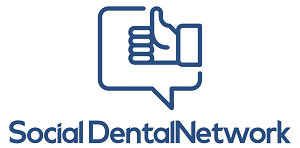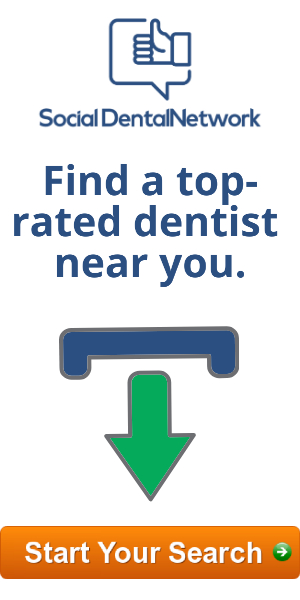Can You Screen Yourself for Oral Cancer?
Self-screening for oral cancer can be done at home, in very little time.
But that doesn’t mean we should skip our regular dental appointments, dentists do more than detect cavities. You’ll be screened for oral cancer when you go in for your next regular dental exam, but a regular at-home screening is highly recommended as well.
When it comes to leading a long, healthy life, it’s always best to know yourself…and to give yourself a once over every so often.
While this advice can take on significant philosophical meaning, we’re talking about knowing yourself better physiologically speaking…of course.
Being in tune with your body and watching out for early symptoms of oral cancer can make your next dental visit a little more enjoyable.
According to the Oral Cancer Foundation, every hour of every day somebody in the United States dies of oral cancer.
This serious dental disease, which can lead to and indicate other, even more serious health concerns is primarily caused by smoking, smokeless tobacco, alcohol abuse, and the human papilloma virus (HPV).
This is even more true for those who drink excessive amounts of alcohol, smoke or use tobacco products, AND have lip-biting and cheek-chewing habits, or ill-fitting dentures.
All those things already put you at a higher risk for oral cancer.
Why Should You Screen Yourself for Oral Cancer?
Oral cancer can develops in or around your mouth, including areas in around & on your lips, gums, cheeks, the area behind your molars or wisdom teeth, the floor and roof (hard palate) of your mouth, and the front of your tongue.
Most people diagnosed with oral cancer (or mouth cancer) first have it show up in the tongue, the lip, the floor of the mouth, and the minor salivary glands.
Symptoms of oral cancer include:
– sores on the face, neck or mouth that do not heal within a couple of weeks.
– a white and/or red patch on the gums, tongue, or cheeks (these white or red areas may also be a precancerous condition called dysplasia).
– unusual or persistent bleeding, pain, or numbness in the mouth.
– swelling that causes dentures to fit poorly or become uncomfortable.
– swelling, lumps or bumps on the lips and gums.
– numbness, loss of feeling or general pain in any area of the face, mouth or neck.
How To Self-Screen for Oral Cancer
Here’s how to self-screen for oral cancer at home, courtesy of Internet Dental Alliance:
– Examine yourself in the mirror. The left and right sides of the face and neck should have the same shape. Check for swelling, lumps and bumps.
– Look at your skin and note any changes in the color or size of sores, moles or other growths.
– Press your fingers along the sides and front of your neck. Do you feel any tenderness or swelling?
– Pull your lower lip out and look for any sores. Use your thumb and forefinger to feel the upper and lower lips for lumps or texture changes.
– Examine the insides of your cheeks for red, white or dark patches. Gently squeeze and roll each cheek between your index finger and thumb to check for bumps and tenderness.
– Tilt your head back to check the roof of your mouth, and then run your finger along the surface. Do you feel or see any unusual lumps or discoloration?
– Check out the top, bottom and sides of your tongue, including the soft tissue under it. Once again, note any swelling, discoloration or unusual lumps.
If you have questions about oral cancer, self-screening, or anything related to optimum dental health, ASK YOUR DENTIST!
And check back regularly to our Facebook page for more beneficial health info we encourage you to share with friends & family.


